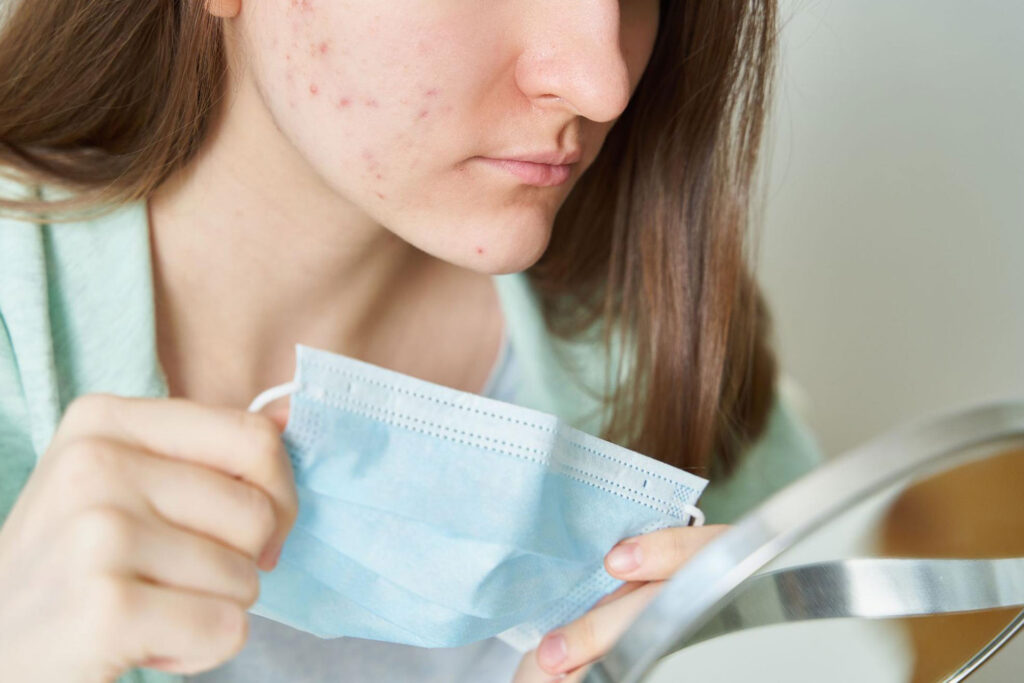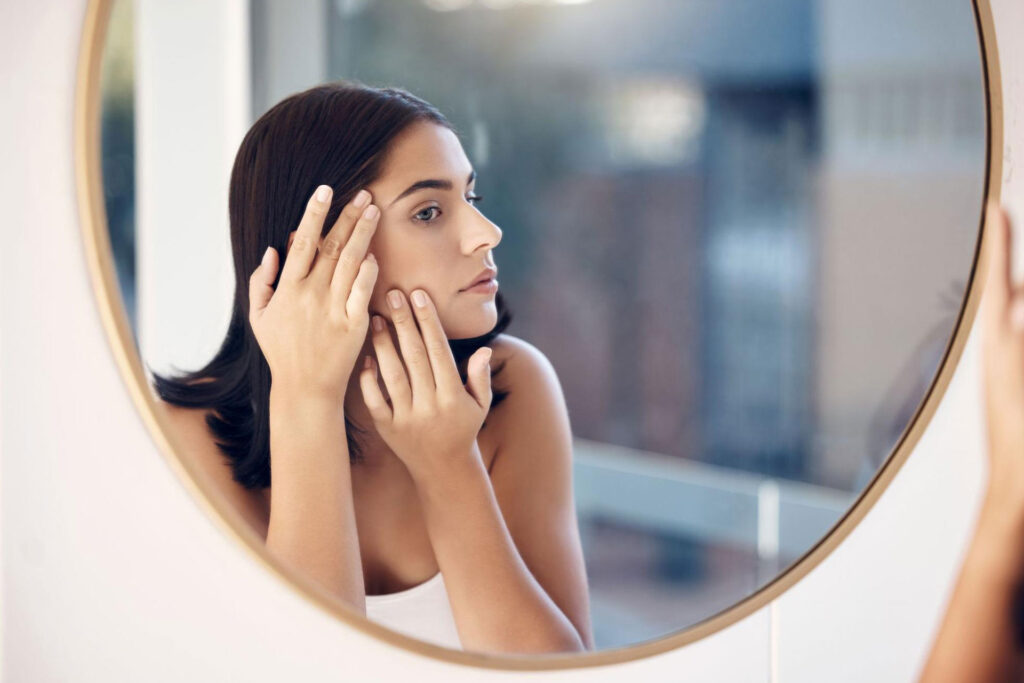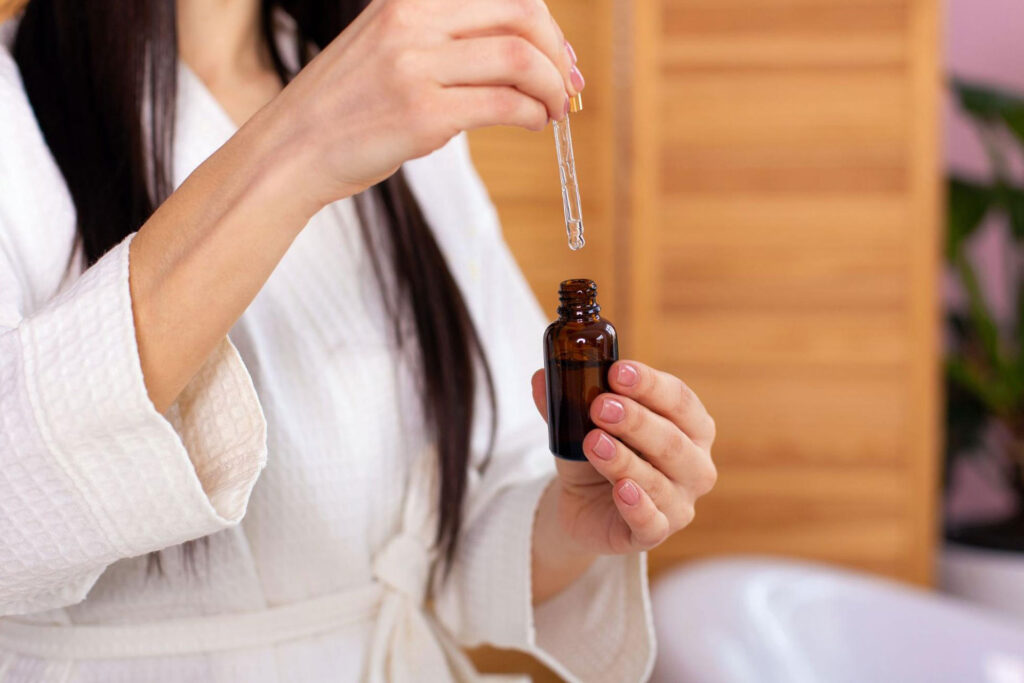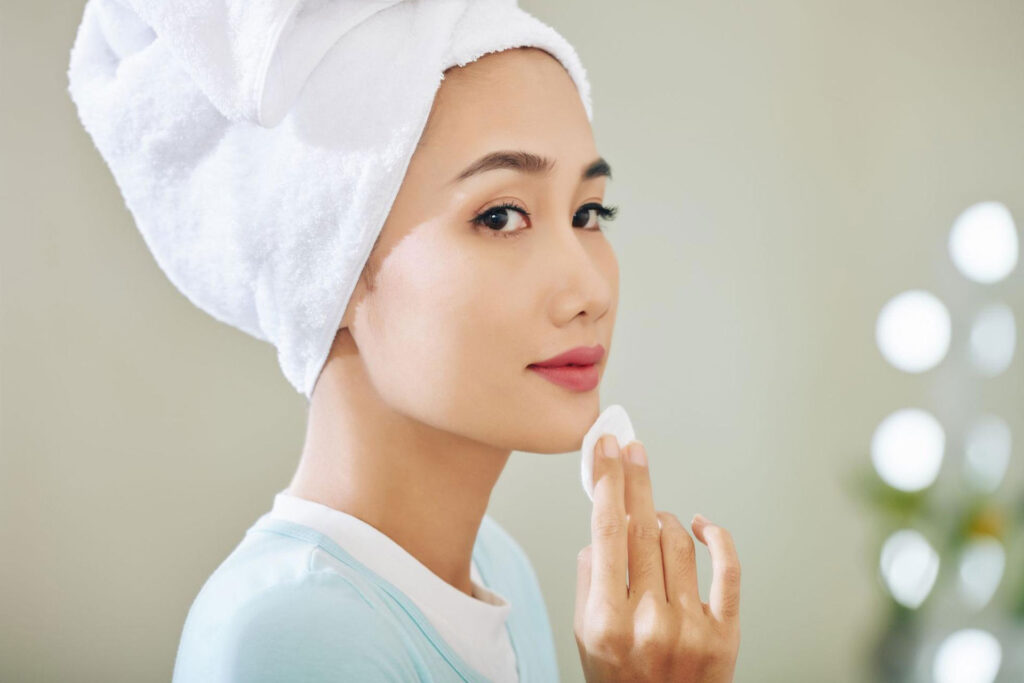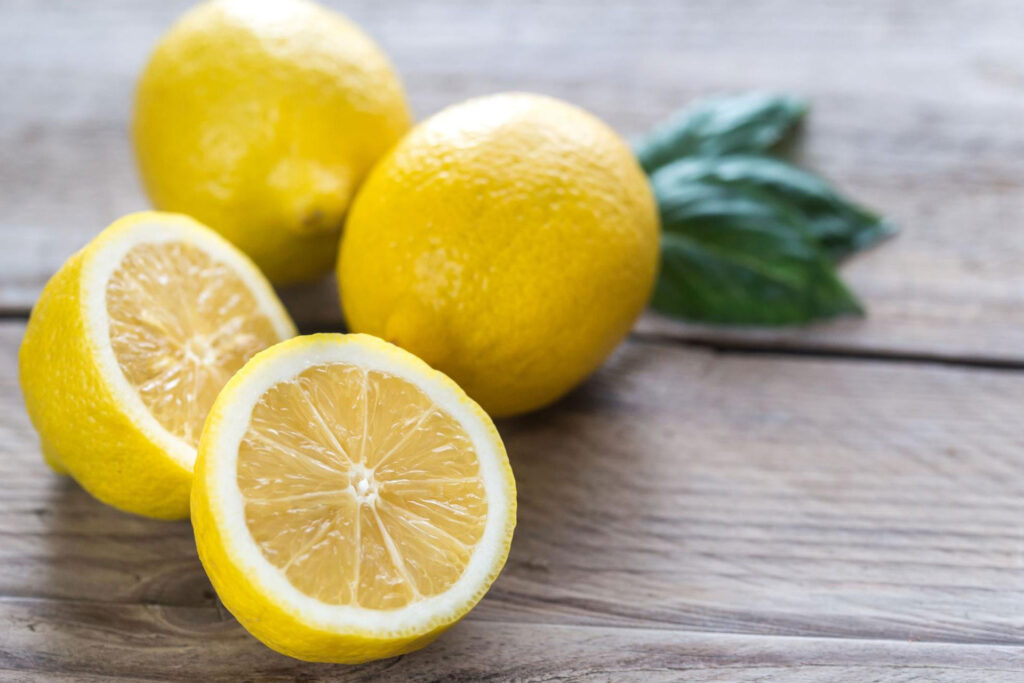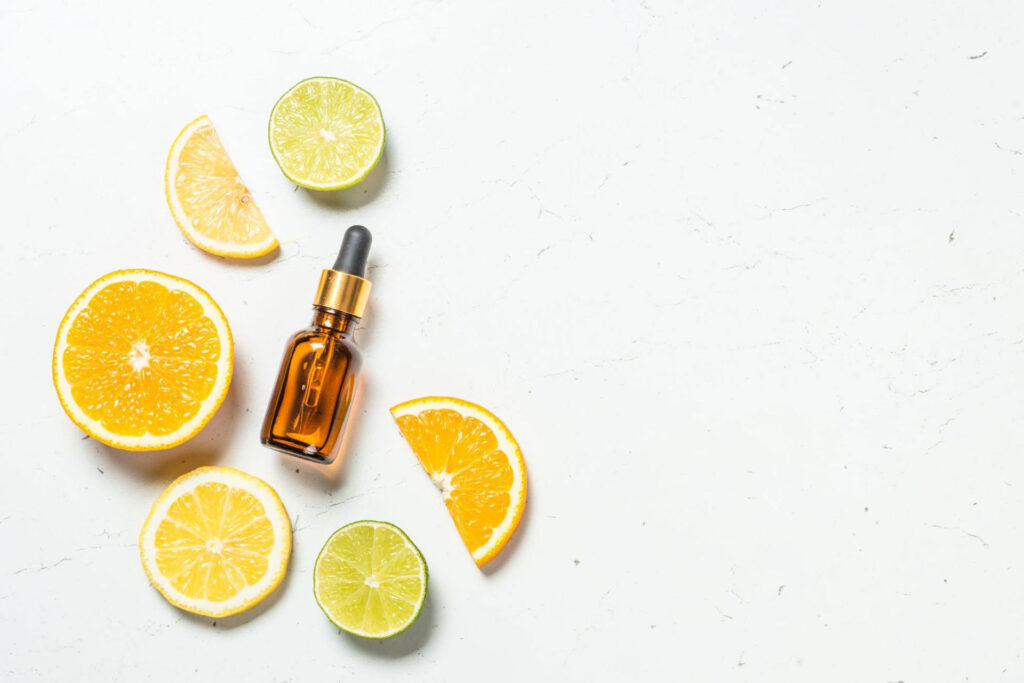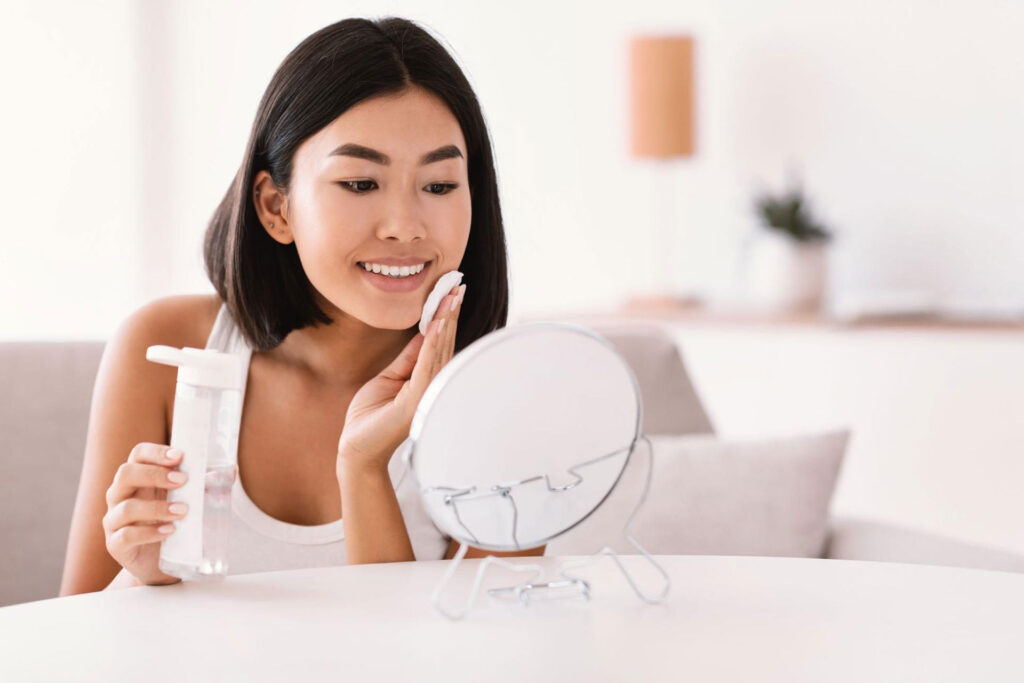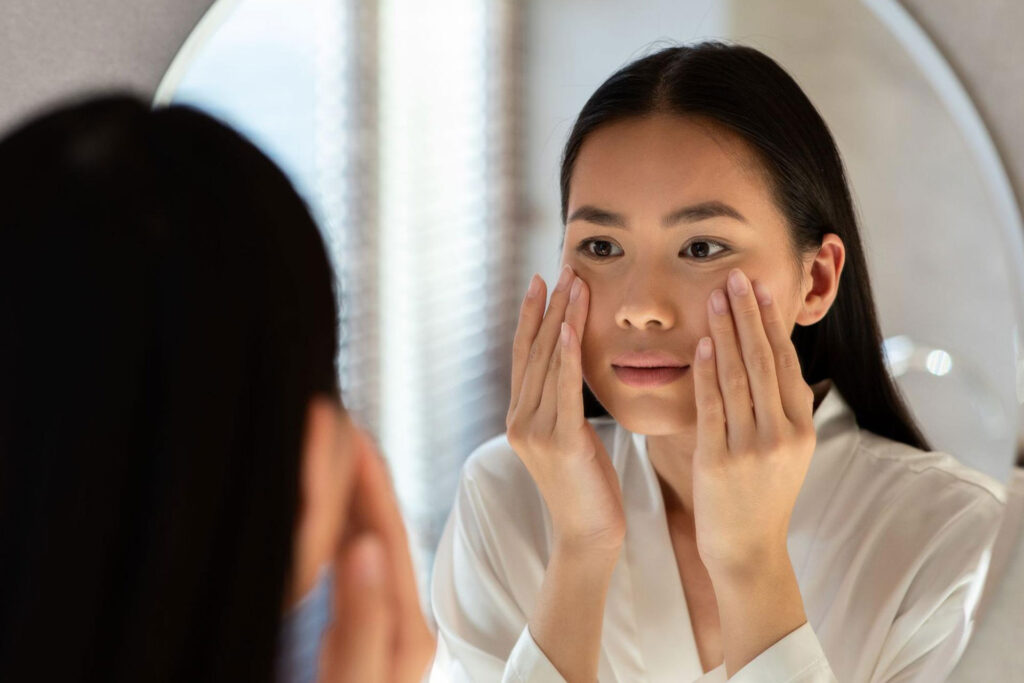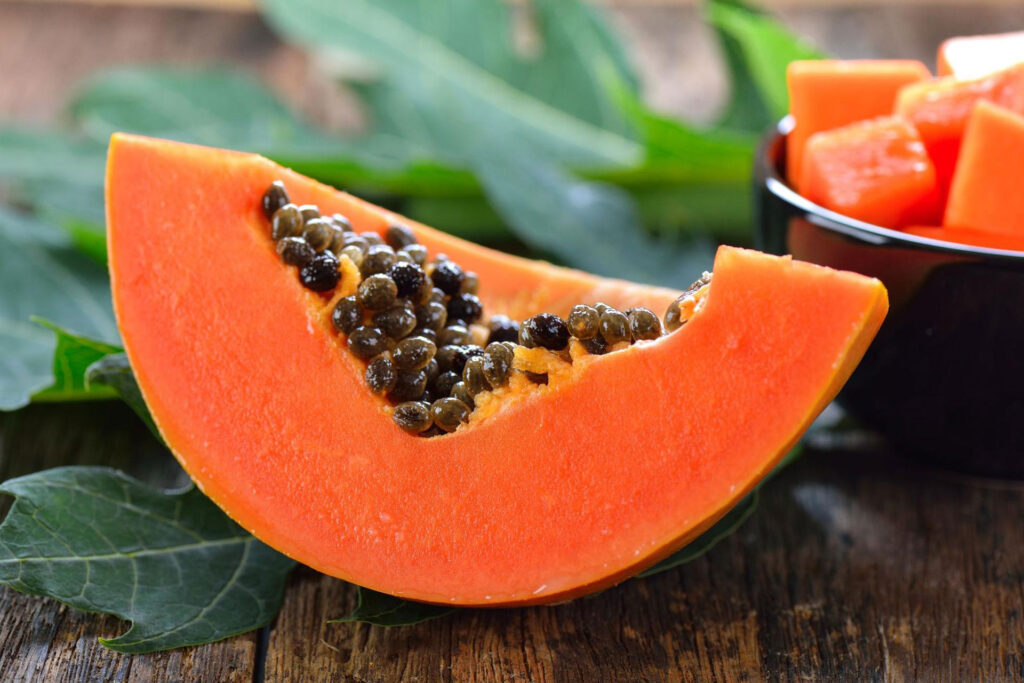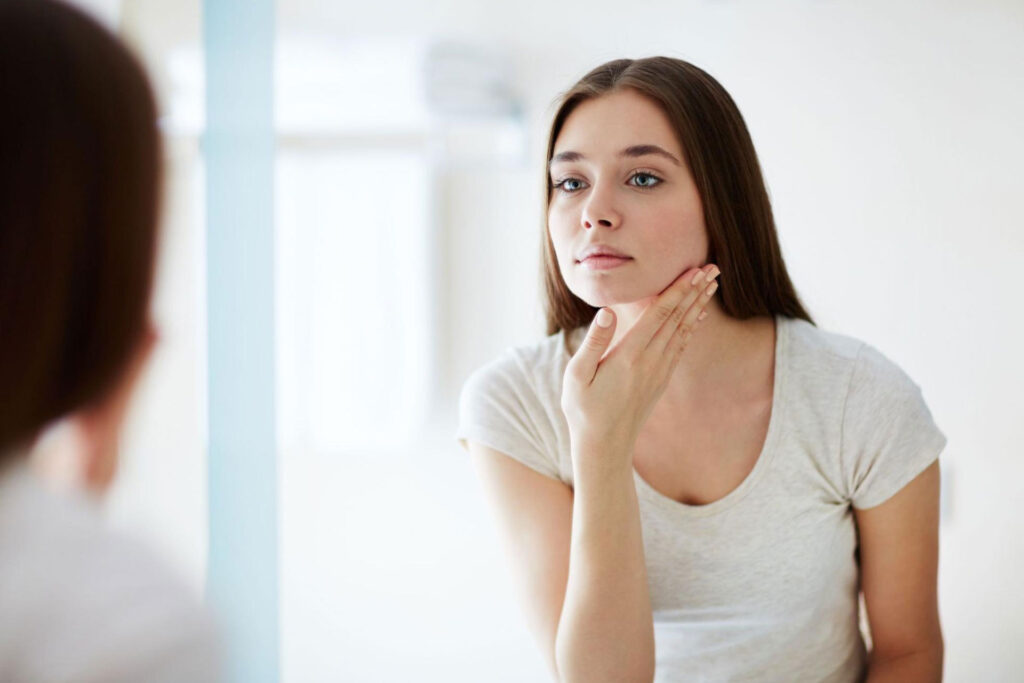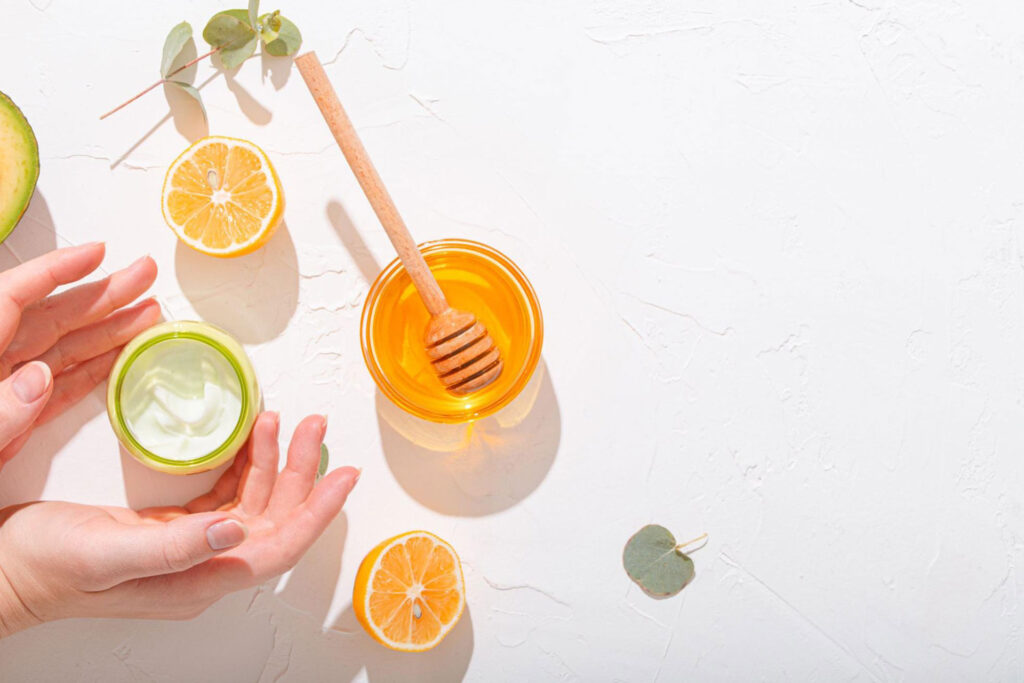Blog
Ideal and Bad Food Choices for Acne-Prone Skin
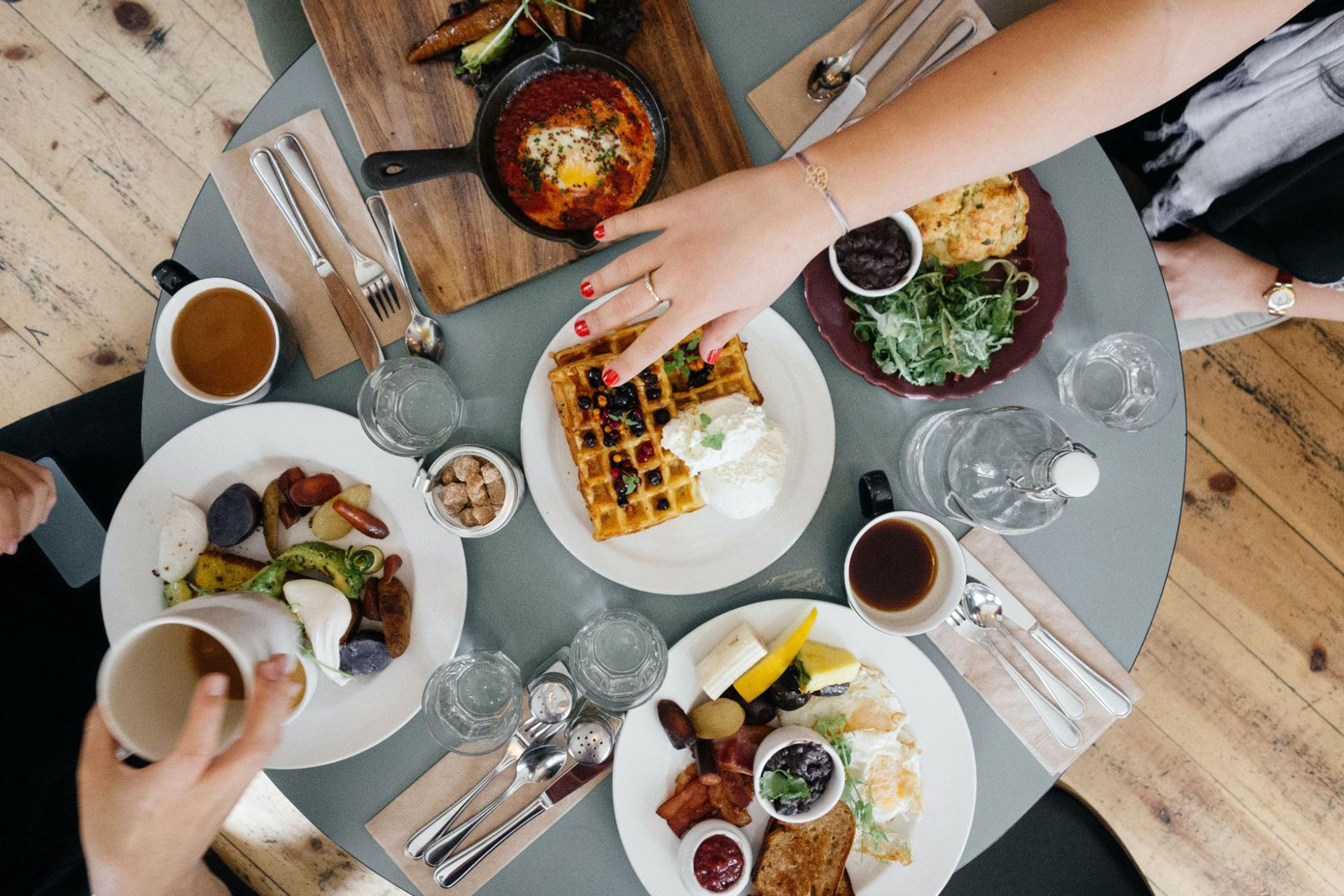
Oh, acne, what a pain in the neck! It can be frustrating to deal with one or a few, let alone, several more acne growing on your face. There are different things that trigger acne or worsen its condition, and this includes hormonal changes, certain medications, stress, and diet. Yes, diet or our food choices play a significant role not only in our internal health but also in our skin. If you think you’re doing all the right steps, like keeping in mind things you need to know when buying skincare products, taking into consideration skin care ingredients that make a good combination, and avoiding skin care mistakes that can potentially lead to more acne breakouts and sensitivities — think again! Because while you are focusing too much on healing your skin from the outside, you may be missing out on what’s inside.
Although, don’t get us wrong. Caring for the appearance of your skin outside with the use of good skincare products and sticking to a healthy skincare routine is perfectly fine, nevertheless, it isn’t really the only way to achieve better results. Remember that when you are healthy on the inside, it will also show on the outside, a.k.a, your skin.
If you’re wrestling with acne for years or are new to acne breakouts, you may want to stay and read more because chances are, your acne breakouts may be the result of poor food choices.
Ideal Food Choices for Acne-Prone Skin
The nutrients that we consume are essential in giving us the healthy skin we want. Hence why we have to watch what we eat. For people with acne-prone skin, you have to learn more about what kind of foods you eat, and as much as possible, try to incorporate foods that are low-glycemic, rich in zinc, antioxidants, vitamins A and E, and omega-3 fatty acids because they can particularly help with your acne.
Before you splurge on eating the following foods, you have to keep in mind that they do not magically make your acne go away — they do, however, help improve your skin condition, thus giving you notably healthier and more glowing skin. It will take time for your skin to recover from the damage that acne has caused, so you need to be more patient in the process. Practice eating these foods in moderation as too much of them can still be bad.
Berries
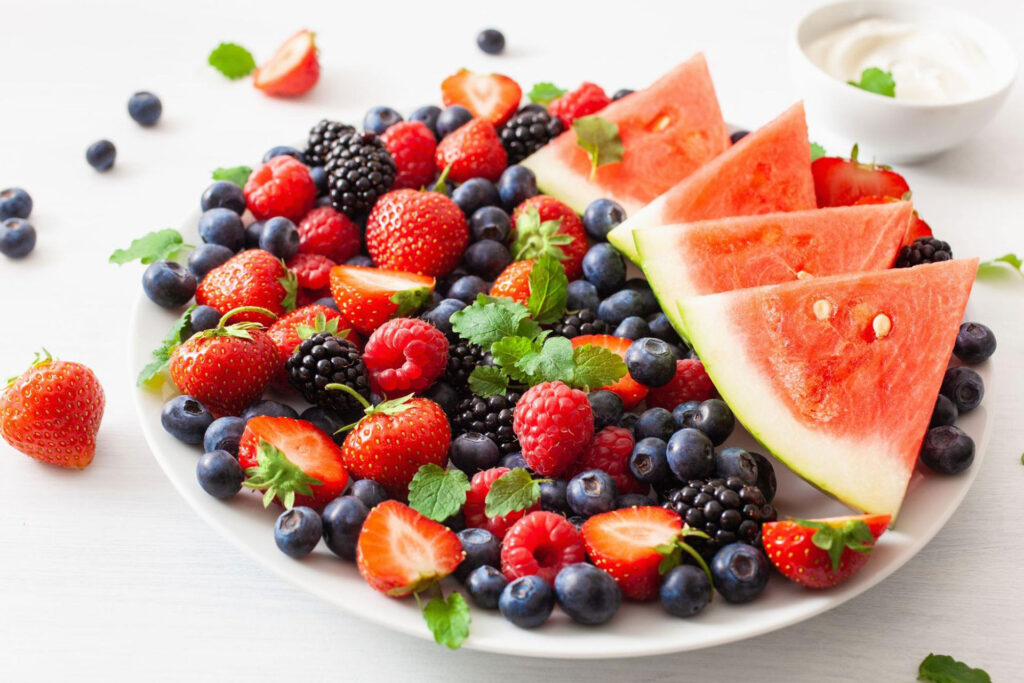
Do you love eating berries? Well, fortunately, they’re good for acne. Berries such as strawberries, raspberries, blueberries, goji berries, cherries, and blackberries are loaded with antioxidants that help fight against mild to moderate acne on your skin. They are also rich in vitamin C which aids in reducing blotchiness on the skin. You may want to consider other types of berries that can make your skin glow such as banana, watermelon, avocado, cranberry, and kiwi as they are also good sources of antioxidants and vitamin C that can contribute to better skin health.
Related: The 14 Ideal Food Choices to Get Healthy and Clear Skin
Salmon
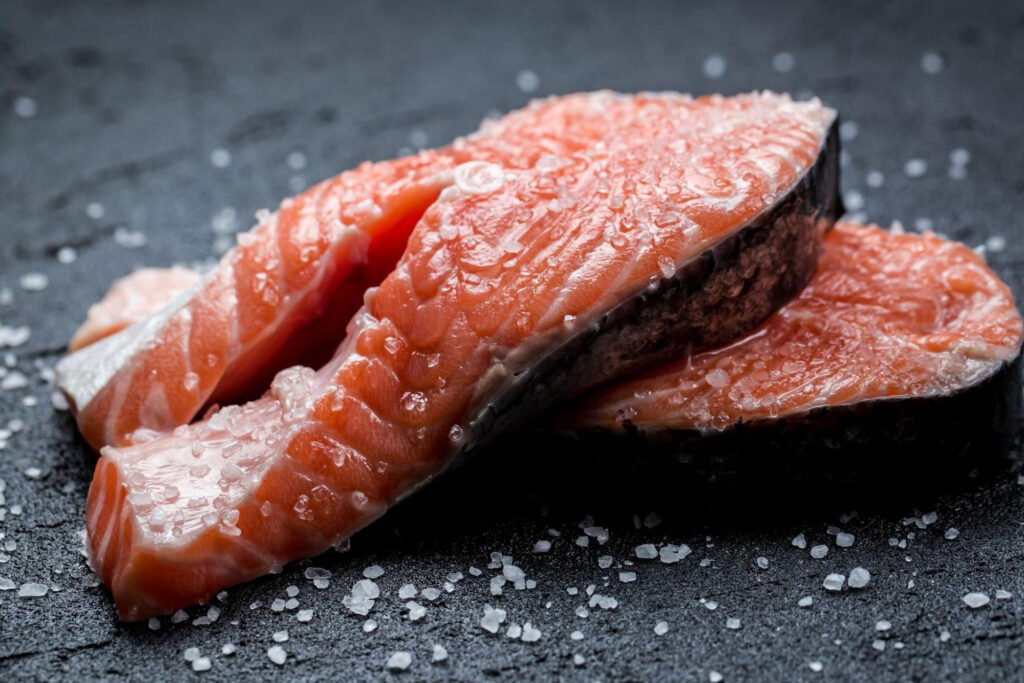
Salmon, along with its skin, is a great source of omega-3 fatty acid, which is known to reduce inflammation in the body, hence, decreasing tendencies of developing acne. It helps support a healthy body and improve its hydration, control oil production and lessen breakouts on the skin. Sardine is also a workable option if you’re looking for other fish choices that is rich in omega-3 fatty acids.
Papaya
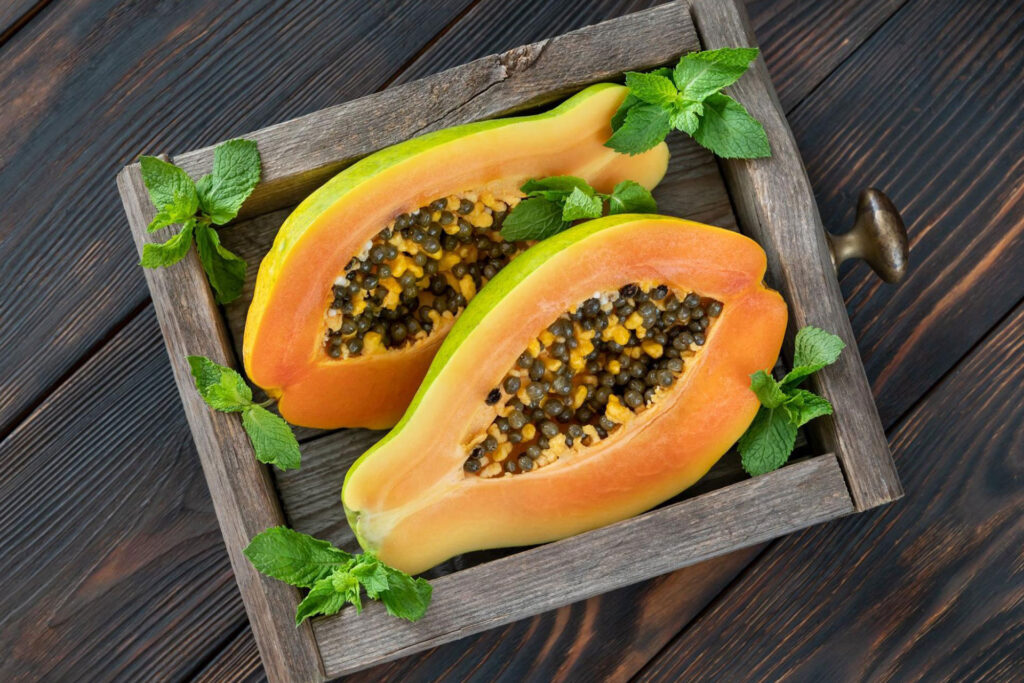
Papaya is commonly present in many body and skincare products for a reason — and this is because it does work wonders on the skin, may it be applied topically or eaten. Papaya contains an enzyme called papain, which is found in many exfoliating products because of its exfoliating properties. Exfoliation, as you may know, is important to avoid clogged pores as it helps remove dead skin cells that can potentially block hair follicles and cause acne breakouts. Papain is a potent enzyme that is capable of reducing inflammation, soothing redness, preventing acne breakouts, unclogging pores, and improving the appearance of acne scars.
Related: How Does Papaya Benefit the Skin?
Kale
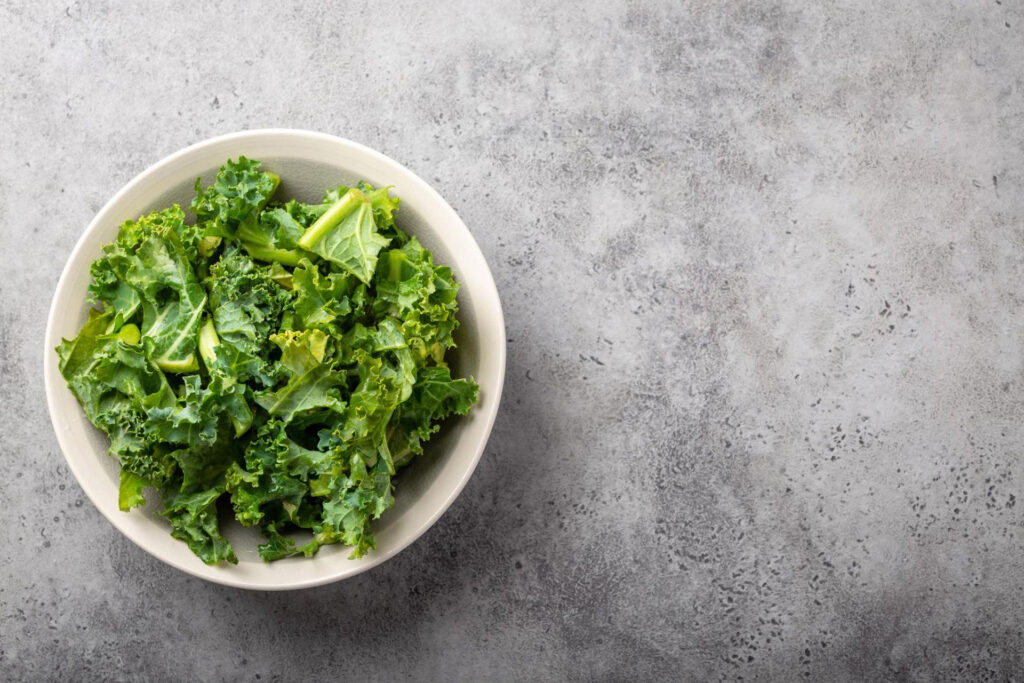
Much is known about cabbage and broccoli when it comes to the vegetable department, but there is nothing much about kale. Kale is described as a dark, leafy green vegetable that’s closely related to the aforementioned veggies and a part of the cruciferous vegetables — a diverse category that consist of Brussel sprouts, cabbage, bok choy, broccoli, radish, arugula, and more. This leafy green vegetable carries a lot of antioxidants along with vitamins A, C, and K that work together to heal and strengthen damaged skin. It also contains a high amount of chlorophyll, which has antimicrobial properties that can decrease inflammation and swelling, helping to minimize the appearance of redness caused by acne.
Nuts
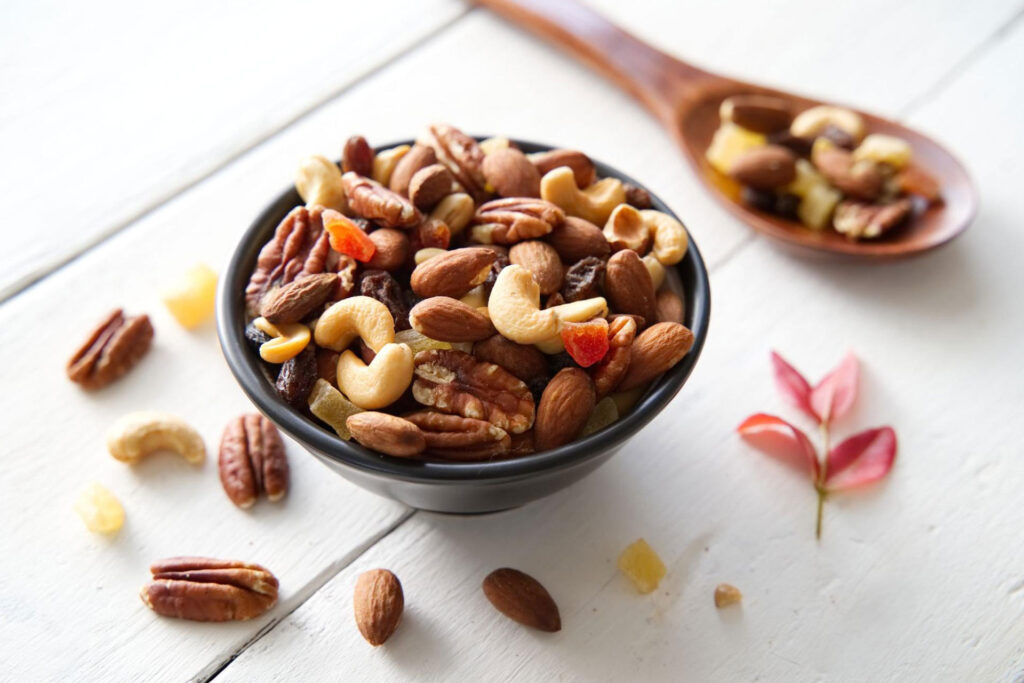
Developing acne on different areas of the face and even the body can make you go nuts! No pun intended. Just wanted to squeeze that in. Anyway, speaking of nuts, are you one of the people who stay away from nuts because you think they can cause acne? Well, today is the time for you to know that it is actually the other way around. Nuts, are in fact, good for people with acne-prone skin. They are filled with vitamins and minerals such as vitamins A, C, E, copper, and zinc that can help the skin glow, reduce inflammation, and fight against acne. Walnuts, almonds, cashews, pistachios, and Brazil nuts are the top choices you have for healthy nuts that can be good for your acne-prone skin.
However, it is also worth noting that you shouldn’t overdo eating them. Make sure to check the right amount of nuts that you can consume in a day and how often you can eat them. If you are allergic to nuts, do not, in any way risk eating them even if they are good for acne because allergic reactions can cause more inflammation and damage to your skin.
Lemon
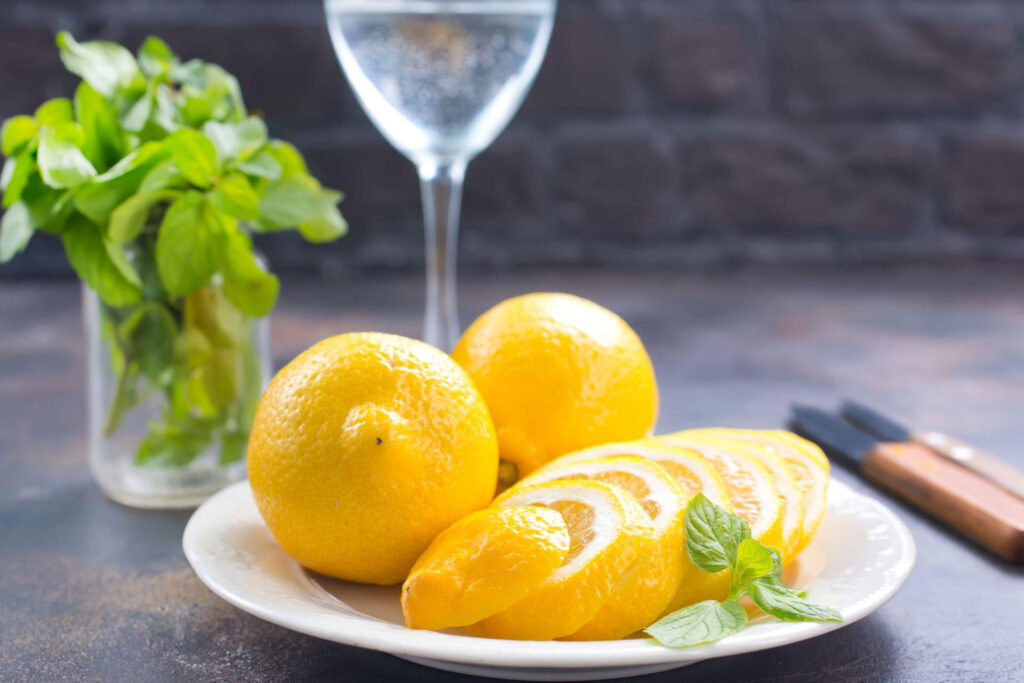
Lemon contains citric acid which is a type of AHA or alpha hydroxy acid that aids in exfoliating the skin, removing dead skin cells, and unclogging the pores — thus, enhances the skin by reducing acne scars and blemishes. It also has antiseptic properties that can kill bacteria that causes acne and inflammation on the skin. Although, it is important to bear in mind that pure lemon juice is not advised to be applied topically on the face since it is high in acid that can potentially damage your skin barrier and make it more sensitive. On the other hand, you can add lemon in your water, squeeze its juices on different dishes, or opt for serums that contain lemon extracts instead.
Legumes
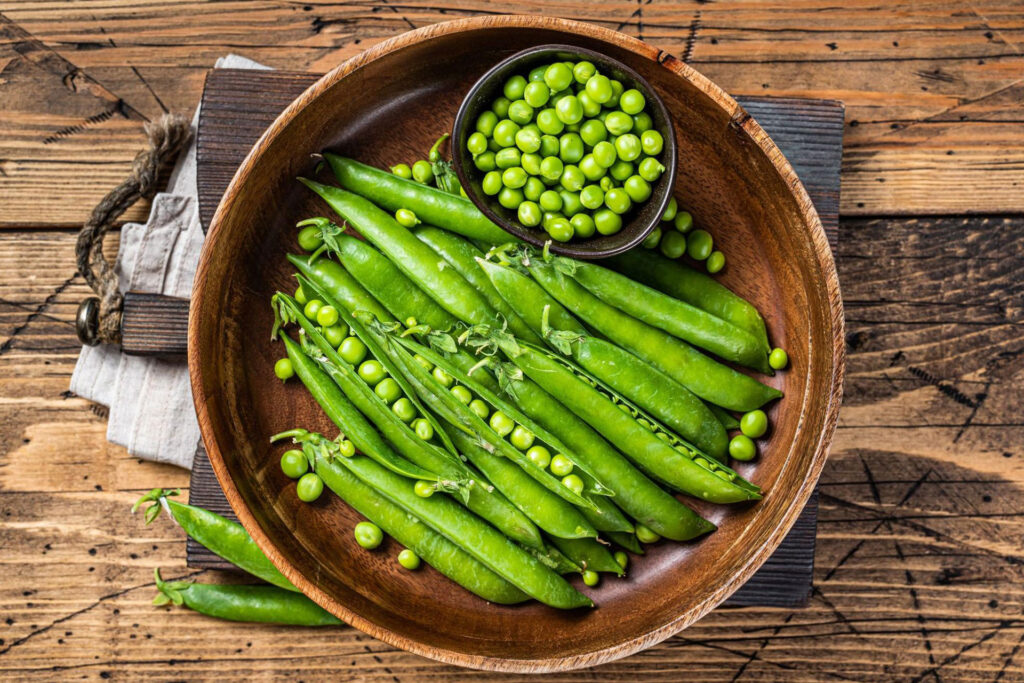
Legumes such as chickpeas, blackbeans, peanuts, lentils, and more have low glycemic index, meaning they don’t cause your blood sugar levels to spike up. Hence, are less likely to trigger acne and inflammation.
Tomatoes
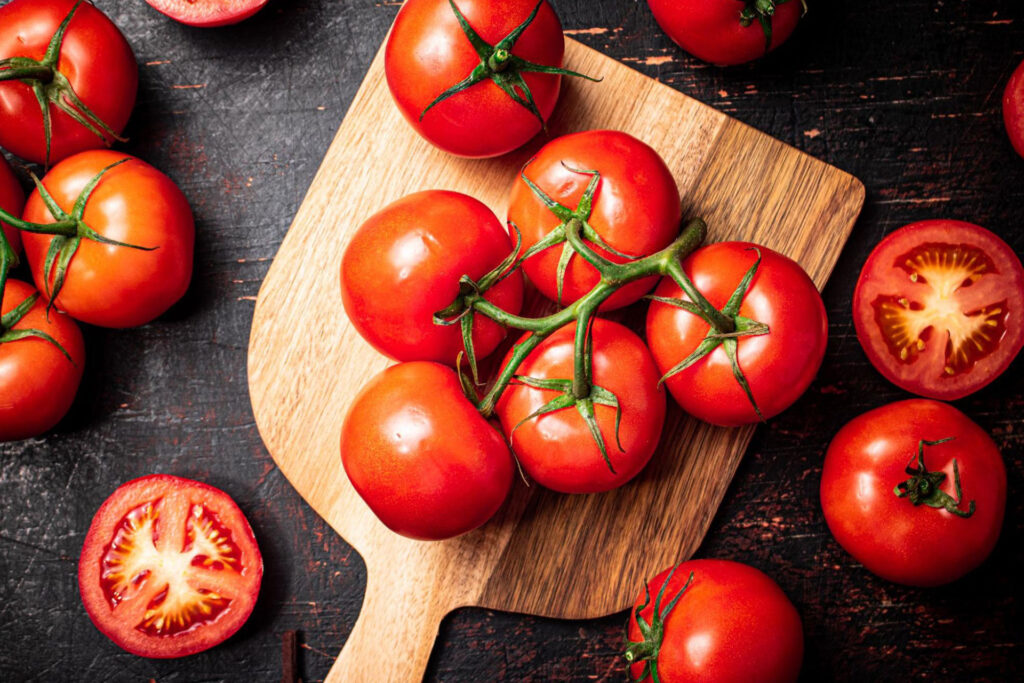
Tomato is a skin-friendly food choice that can help with acne-prone skin. It is rich in vitamins A, C, and K and other acidic properties that contribute to lessen the tendencies of acne breakouts on the face. Tomato also aids in decreasing excessive sebum production, putting a stop to oil build-ups and the development of whiteheads and blackheads.
Bad Food Choices for Acne Prone Skin
If you’re fond of eating high glycemic foods or those that are high in processed carbohydrates and sugars, start contemplating them right now. Of course, we do not disregard the need for carbohydrates and sugars as they can provide a rush of energy to the body. But aside from that, they don’t carry any more particular health benefits to us, much more to our skin.
Chocolates
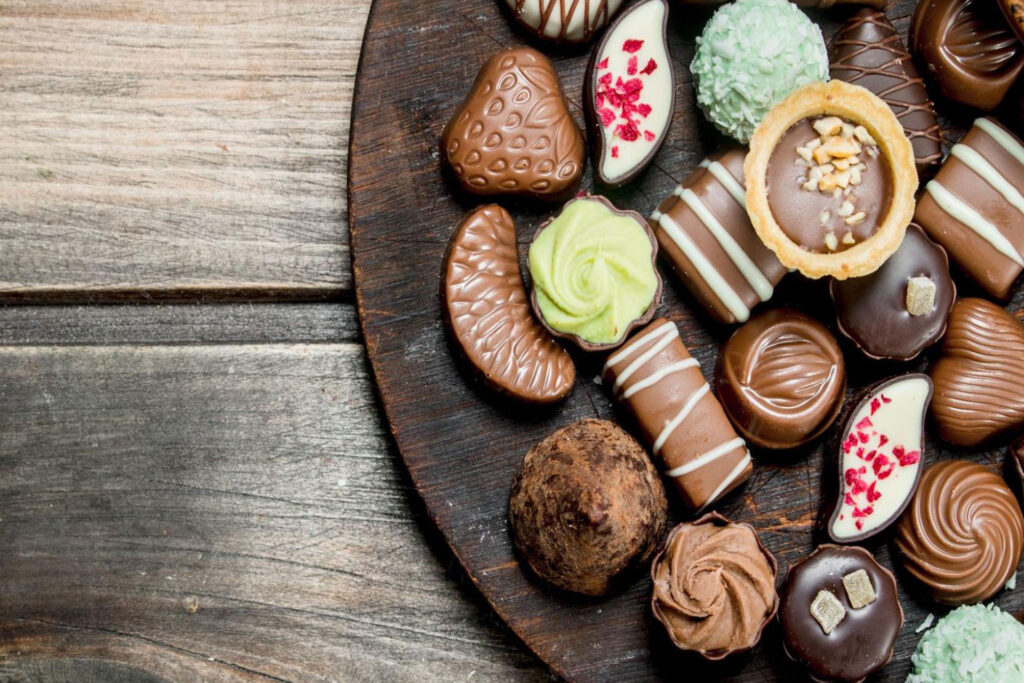
There is nothing wrong with eating chocolates, however, too much of it, especially with acne-prone skin types, can trigger acne breakouts. Although, to be clear, it is not the cocoa that causes acne; it is the fat content of chocolate that may be linked to blackheads. On top of that, the dairy and sugar content may also be contributing to the sudden development of inflammatory acne. That’s why it may be much better to go for dark chocolate, containing less milk and sugar.
Dairy Products
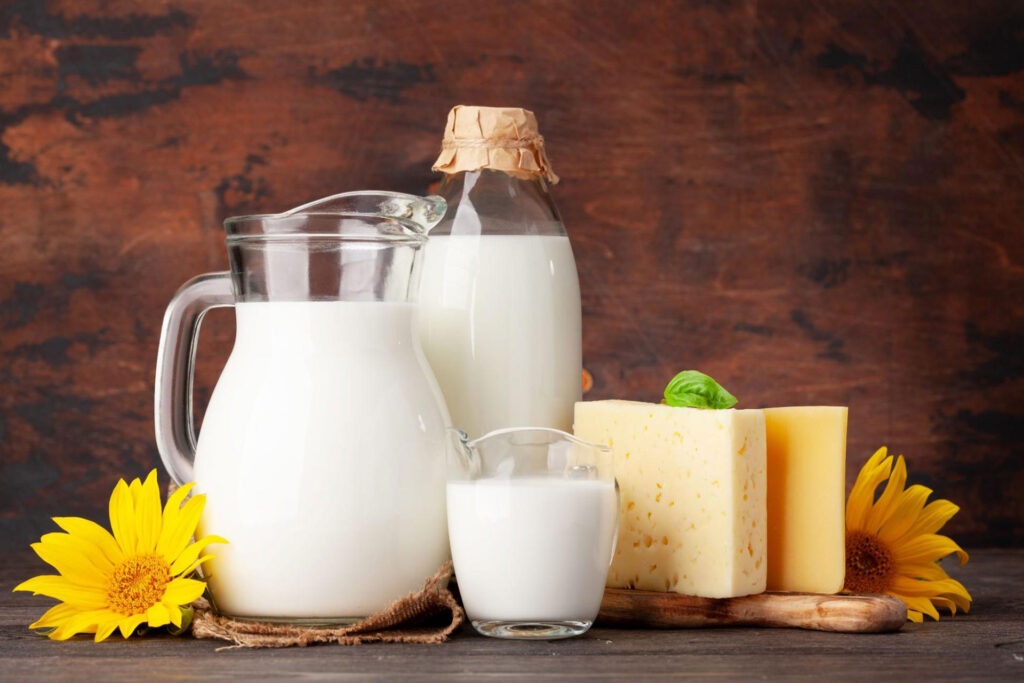
Not going to lie, there are a bunch of yummy dairy products out there that are waiting to be consumed — from ice creams to cakes, cream-filled pastries, and more. However, they are not entirely the best option you got when you are struggling with acne-prone skin. Milk tends to boost insulin levels, which is not good if you have acne since insulin makes androgen hormones more active and shoots up insulin-like growth factor 1 (IGF-1), resulting in more sebum production and acne development. To simply put, dairy carries acne-causing hormones and pushes a huge insulin response. On top of that, dairy can cause allergies that often leads to inflammation.
Perhaps, a better solution to this is to opt for the best milk alternatives that are acne-friendly, such as
- coconut milk,
- almond milk,
- macadamia milk, and
- cashew milk.
You may also want to take note of the worst milk alternatives for acne-prone skin:
- goat/sheep milk,
- oat milk,
- hemp milk,
- rice milk,
- flaxseed milk, and
- soy milk.
Whey Protein Powder
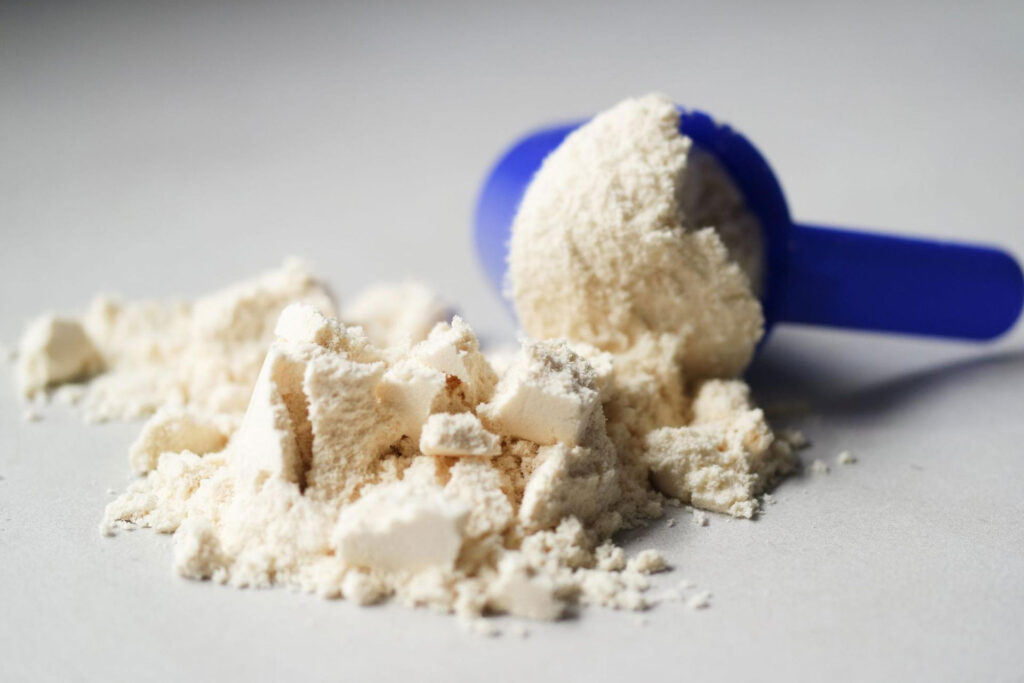
While whey protein powder may carry some benefits such as muscle building, wound healing, and nutritional boost, it still isn’t the finest option if you are trying to fight against acne. Since whey protein contains a mixture of proteins all found in milk, and with milk being dairy, it is linked to acne development. However, not much is known as to why or how whey protein causes acne, so it will need more research.
Refined Carbohydrates
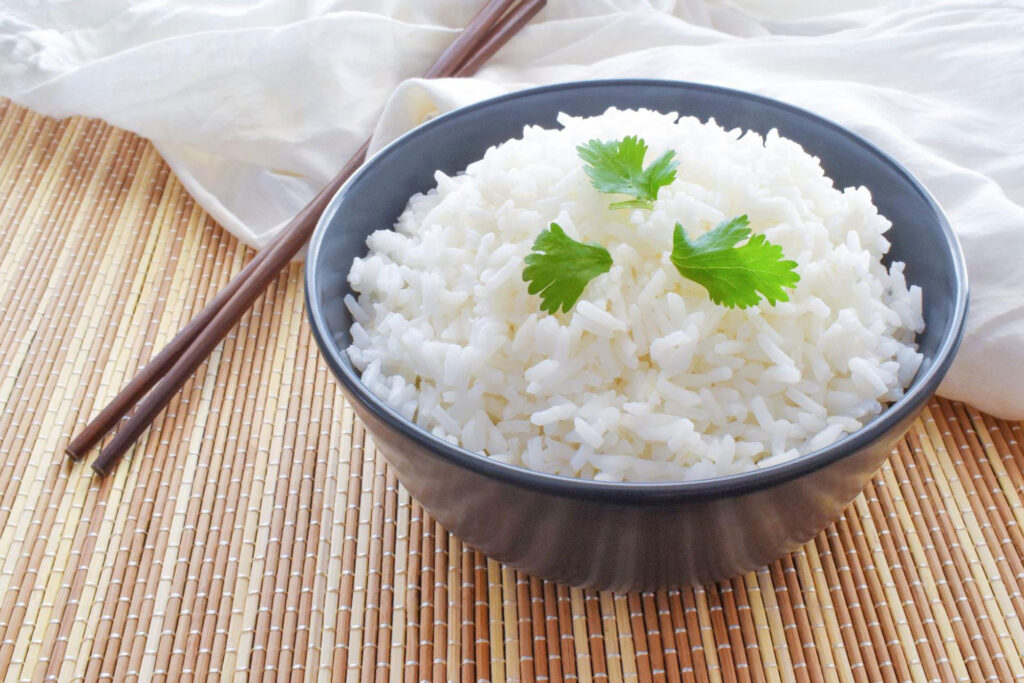
Refined carbohydrates are just about mostly the good stuff in food, don’t you think so? But then again, they are not exactly the most helpful when you have acne-prone skin. Consuming a lot of refined carbs may lead to an increase in blood sugar and insulin levels, which often causes acne.
Some examples of refined carbs and sugar are:
- white bread
- white rice
- regular pasta
- breakfast cereals
- white potatoes
- instant oatmeals
- snack foods
- cornflakes, and corn
Again, to emphasize, there is nothing wrong with eating the foods listed above. You just have to know your limits and eat them in moderation to avoid triggering acne breakouts. Another solution is to turn to other options or alternatives. So instead of munching on these refined carbohydrates, you can eat the following:
- cauliflower, sweet potato,
- whole-wheat or whole grain bread,
- low-sugar bran flakes,
- high-fiber or low-sugar cereal,
- whole-wheat pasta, spaghetti squash,
- nuts,
- raw vegetables,
- rolled oats
We hope that reading about the ideal and bad food choices for acne-prone skin has helped you re-think your food choices and start a healthier lifestyle.
If you are looking for Skincare Products in the Philippines, visit our page, we have a variety of items for you to browse! Like our Facebook page for updates!

